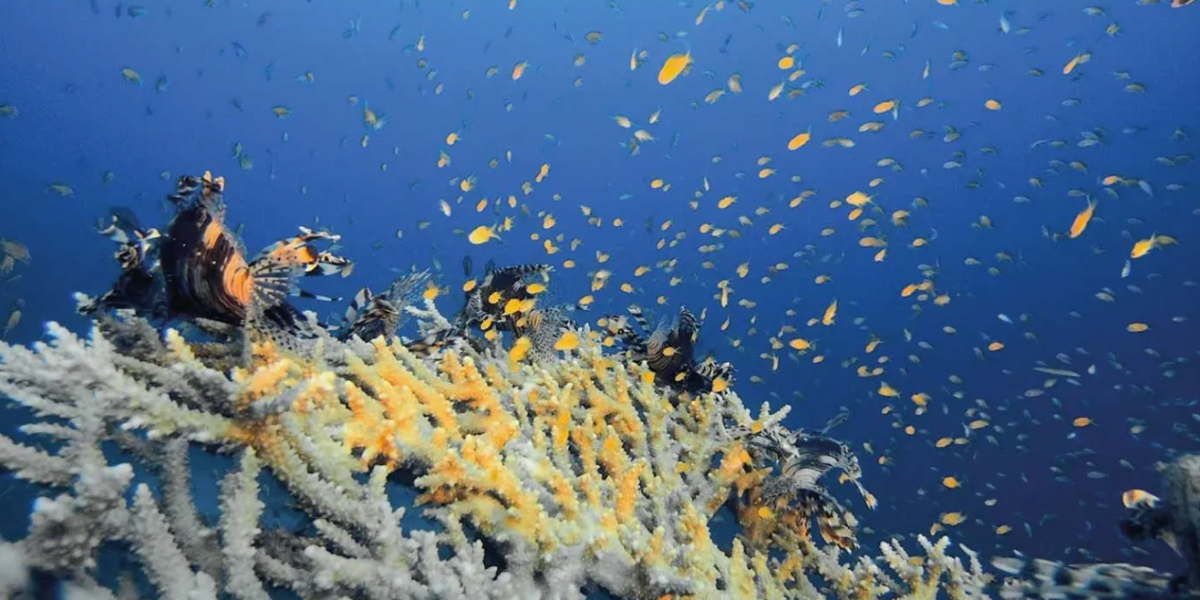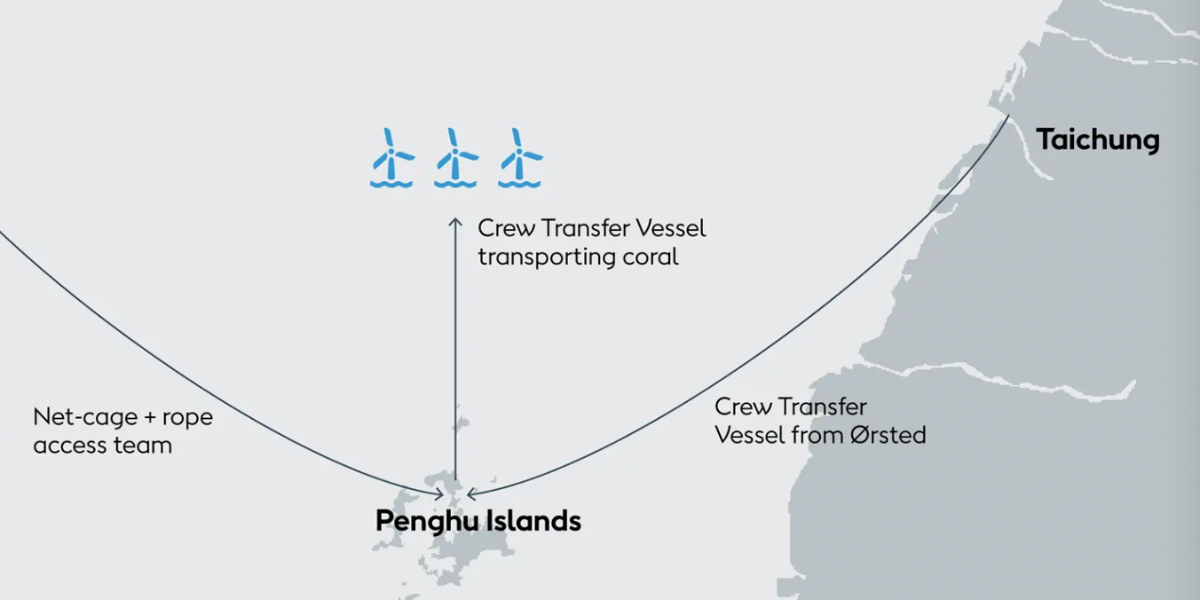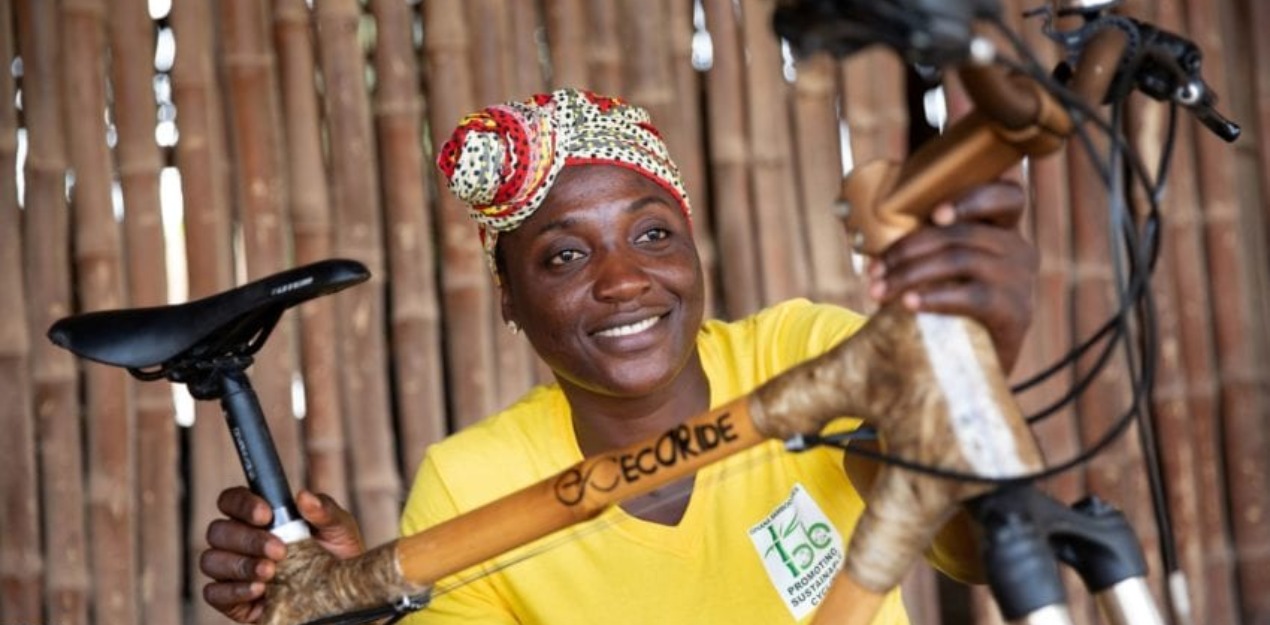AWARD YEAR
2023
CATEGORY
Community
GOALS
Climate Action, Life Below Water
KEYWORDS
wind farm, biodiversity, Coral Reef, offshore habitat
COUNTRY
Denmark
DESIGNED BY
Ørsted
WEBSITE
https://orsted.com/en/sustainability/our-priorities/nature/recoral
ReCoral
ReCoral sets out to create new offshore habitats for coral reefs.
How does it work?
Coral occurs naturally in such shallow waters that high surface temperatures can cause coral bleaching. But in the deeper waters where offshore wind turbines are installed, a much more stable temperature is maintained, thanks to the circulation between the warmer water at the surface and the cooler water from below. The foundations of offshore wind turbines provide a unique environment where corals can grow close enough to the surface to receive enough sunlight, but without being exposed to high temperatures. This limits the risk of coral bleaching. Ørsted's approach to larvae sourcing is non-invasive. We only collect surplus coral egg bundles that wash up on shorelines, rather than removing anything from existing coral ecosystems. Corals release billions of eggs – so many that they colour the water’s surface pink.
Why is it needed?
According to the World Wildlife Fund, coral reefs are among the most diverse and valuable ecosystems on the planet. But our oceans are heating up because of climate change. Temperature increases can induce coral bleaching, which threatens the survival of coral reef ecosystems. The International Union for Conservation of Nature has designated coral an endangered species. 75 % of corals worldwide are predicted to face high to critical threat levels by 2050. When coral populations suffer, so do the hundreds of thousands of marine species that live in coral reef habitats, and, in turn, the millions of people that depend on these species for their livelihood.
How does it improve life?
Mature corals successfully thriving on offshore wind turbine foundations will release their own spawn, which could be carried by ocean currents to settle naturally elsewhere. This could boost genetic connectivity and support the restoration of existing coral reefs. Larvae generated at offshore wind farm sites could also be captured, then transported to and released at naturally occurring reef locations. In either case, restoring naturally occurring reefs would, in turn, support healthy stocks of fish and other reef species. In the latest coral reef restoration guide released by the United Nations Environment Programme, larvae release is considered as ‘potentially one of the most scalable methods for coral reef restoration’.






